3 minute read
What is Python?
Python is one of the world’s most popular programming languages. It is extremely versatile, and can be used in many real-world situations. A text-based language, the readability and clear layout of its code makes Python less daunting for beginners.
Why use Python?
Advertisement
Created by Dutch programmer Guido van Rossum, Python was released in 1991. It was designed as a high-level language that would appeal to programmers familiar with the C language (see p.347) and the Unix operating system. Python lends itself to writing a wide range of programs, and is used by many schools and universities to teach programming. The syntax (arrangement of words and symbols forming the code) in Python is close to English syntax, which supports its goal of producing readable code. In addition, Python also forces programmers to lay out their code in a structured way. This is a useful skill to develop as it makes it easier for the programmer to debug the code, and also improves readability for other users.
Features of Python
Python is a simple and minimalistic programming language. It has a number of features that make it a popular choice for new as well as experienced programmers.
Extensive libraries
One of Python’s greatest strength are its libraries, which contain code for performing specialized tasks. They make building programs easier and quicker.
Portable
Python is extremely flexible, and can be run on a variety of different platforms, such as macOS, Windows, and PlayStation.
Free and open source
An example of a free/libre and open source software (FLOSS), Python can be freely distributed. Its source code can be read and changed, and pieces of its code can also be used in new programs.
How it works
A Python program, usually called a script, is a text file containing words, numbers, and punctuation that correspond to instructions. These instructions are formed of certain fixed patterns of words and symbols, which the programmer types in. IDLE (Integrated Development and Learning Environment) is a free app that is installed with Python. Designed for beginners, it includes a basic text editor that allows the user to write, edit, and save code before running a program.
ENTER CODE SAVE RUN
Embeddable
Python scripts can be included in programs written in other languages, such as C or C++. This allows programmers to enhance their code.

Simple and easy to learn
Extremely user-friendly, Python code uses fewer punctuation symbols than most other programming languages.
Great support
Python has well-written documentation, including guides for getting started, a reference section, and lots of example code.
APPLICATIONS
Python is a general-purpose programming language that can be used to create systems for a variety of purposes. This, along with its many specialist libraries, makes it useful in fields as diverse as business, medicine, science, and media.
Game development
Python has various modules and libraries that support game development. These include pygame, for 2D games, and PySoy, a cloud-based 3D game engine.
Space
Software engineers have used Python to create tools for NASA’s Mission Control Centre. These tools help the crew prepare for and monitor the progress of each mission.
Business
Python’s easy syntax makes it ideal for building large applications. It has become especially popular with the rise of Fintech (financial technology).
Scientific computing
Python has libraries that can be used in specific areas of science, such as PyBrain for machine learning and pandas for data analysis.
Web development
Python is used by software developers for automated tasks, such as build control and testing. It can also be used to create web applications.










